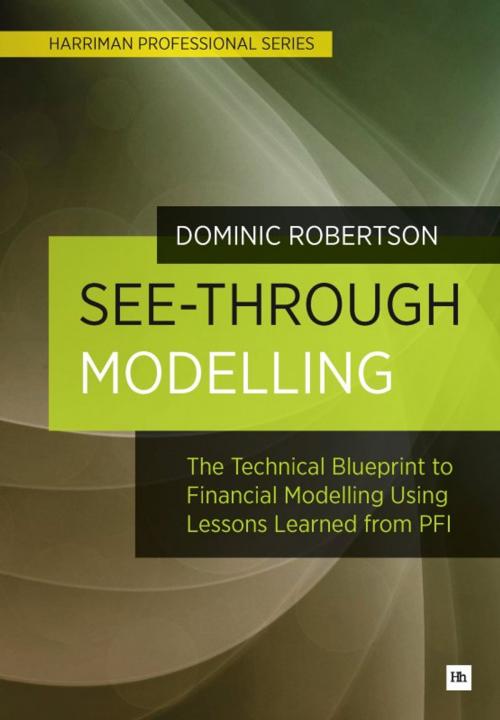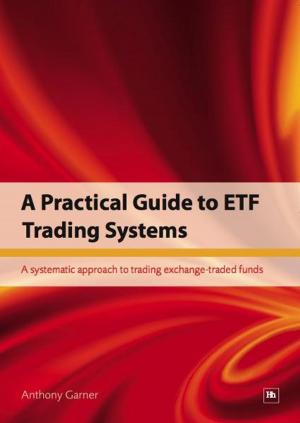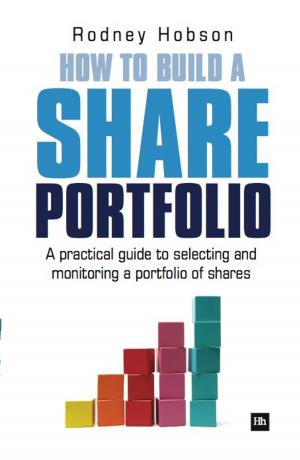See-Through Modelling
A technical blueprint for financial modelling using lessons learned from PFI
Business & Finance, Accounting, Finance & Investing, Finance| Author: | Dominic Robertson | ISBN: | 9780857193148 |
| Publisher: | Harriman House | Publication: | March 18, 2013 |
| Imprint: | Harriman House | Language: | English |
| Author: | Dominic Robertson |
| ISBN: | 9780857193148 |
| Publisher: | Harriman House |
| Publication: | March 18, 2013 |
| Imprint: | Harriman House |
| Language: | English |
This book is for finance directors who are looking for a deeper understanding of the dynamics of their enterprise. Above all, this book is for finance directors who want to understand the benefits of adopting a see-through modelling strategy within their enterprise: - Greater strategic vision due to vast forecast flexibility - Lower risk of modelling errors due to standardised modelling - Decreased reliance on individual analysts due to increased ease of model interchange - Clear, detailed and holistic modelling function training outline This book aims to provide the reader with a solid theoretical and practical basis for becoming an advanced creator of see-through models in Excel. To do this the book covers important aspects of modelling from a wide ranging and holistic viewpoint, with particular reference to the project finance operating model, and in particular using the lessons learned from UK PFI. Aspects covered by this book include: - Financial theory - Modelling theory - Excel theory and techniques - A step-by-step practical guide to building a project finance operating model - Computer setup and efficient use - Keyboard skills - Macro-economic data collection This book is also for aspiring financial modellers in general, and UK PFI project finance modellers in particular. UK PFI has conceived over 800 projects in the UK and has gone a long way towards helping with the evolution of the financial model in Excel. Although there are some fundamental differences between a financial model for a public or private corporation and a model for a project finance operating company there are also very many similarities. The author initially took knowledge learned from outside of project finance and used it for UK PFI modelling. Subsequently, knowledge from UK PFI models has been successfully adapted for use in business areas as wide ranging as regulated energy distribution, media financing funding, telecom spectrum auctions, large container ports, high speed rail, and assorted manufacturing. Readers of this book should keep in mind that learning to build a UK PFI project finance model is an extremely good place to start to learn financial modelling. UK PFI is like the world in miniature with simplified operations and simplified finance but containing all the accounting and cash elements that make for a wide-ranging experience.
This book is for finance directors who are looking for a deeper understanding of the dynamics of their enterprise. Above all, this book is for finance directors who want to understand the benefits of adopting a see-through modelling strategy within their enterprise: - Greater strategic vision due to vast forecast flexibility - Lower risk of modelling errors due to standardised modelling - Decreased reliance on individual analysts due to increased ease of model interchange - Clear, detailed and holistic modelling function training outline This book aims to provide the reader with a solid theoretical and practical basis for becoming an advanced creator of see-through models in Excel. To do this the book covers important aspects of modelling from a wide ranging and holistic viewpoint, with particular reference to the project finance operating model, and in particular using the lessons learned from UK PFI. Aspects covered by this book include: - Financial theory - Modelling theory - Excel theory and techniques - A step-by-step practical guide to building a project finance operating model - Computer setup and efficient use - Keyboard skills - Macro-economic data collection This book is also for aspiring financial modellers in general, and UK PFI project finance modellers in particular. UK PFI has conceived over 800 projects in the UK and has gone a long way towards helping with the evolution of the financial model in Excel. Although there are some fundamental differences between a financial model for a public or private corporation and a model for a project finance operating company there are also very many similarities. The author initially took knowledge learned from outside of project finance and used it for UK PFI modelling. Subsequently, knowledge from UK PFI models has been successfully adapted for use in business areas as wide ranging as regulated energy distribution, media financing funding, telecom spectrum auctions, large container ports, high speed rail, and assorted manufacturing. Readers of this book should keep in mind that learning to build a UK PFI project finance model is an extremely good place to start to learn financial modelling. UK PFI is like the world in miniature with simplified operations and simplified finance but containing all the accounting and cash elements that make for a wide-ranging experience.















